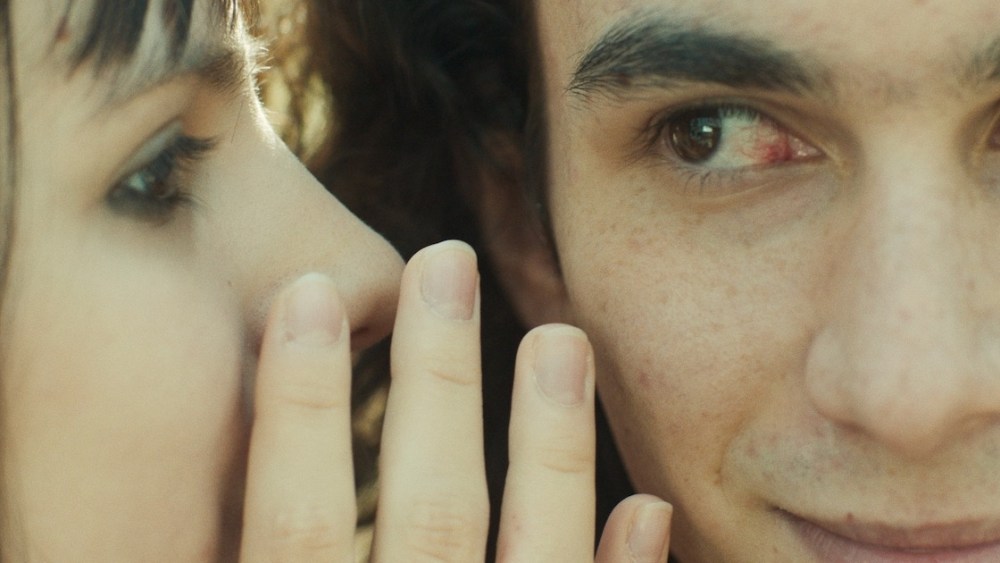Physical Address
304 North Cardinal St.
Dorchester Center, MA 02124
Physical Address
304 North Cardinal St.
Dorchester Center, MA 02124

Shahab Fotouhi’s debut feature, “Boomerang,” presents a delightful and surprising portrait of modern Iran. One of the most surprising elements is that Fotouhi, despite being in his forties, crafts a voice that feels both fresh and underrepresented. He brings metropolitan Tehran to life with youthful energy, showcasing the city through loosely connected stories, non-sequiturs, and even a touch of magical realism. This film captures a moment of generational transition in Tehran.
Fotouhi’s upbringing in post-revolution Iran is evident, as many characters are middle-aged men struggling to move past their traditional mindsets and ways of living. However, the heart of “Boomerang” lies in its portrayal of female characters: Sima, a mother played by Leili Rashidi, and her teenage daughter, Minoo, played by Yas Farkhondeh. Though their screen interactions are rare, their overlapping narratives depict the shifting tides within the country.
The film begins with a romantic comedy feel as Minoo locks eyes with a young, handsome stranger named Keyvan, portrayed by Ali Hanafian, across the street. They start flirting wordlessly, and Minoo playfully asks Keyvan to untie his bun, revealing his thick locks of hair. This interaction is sweet and a bit thrilling, setting the stage for their budding teenage romance.
While the teens are getting to know each other through sardonic confessions, Sima returns home to find her husband, Behzad (Arash Naimian), eavesdropping on their neighbors’ lovemaking. Sima, pretending not to notice, highlights the tenuous state of their marriage. In stark contrast to Minoo’s blossoming romance, Sima and Behzad’s relationship teeters on the edge, with Behzad secretly attempting to reconnect with an ex, and Sima’s dissatisfaction making divorce seem inevitable.
The juxtaposition between these relationships provides a broad narrative framework. Yet “Boomerang” defies straightforward storytelling. Even scenes featuring the protagonists often feel like standalone vignettes rather than parts of a sequential story. This approach keeps the audience intrigued, as Fotouhi and Faraz Fesharaki’s camera lingers on spaces long after characters have exited. New scenes often unfold through lengthy pans and tilts, focusing on mundane city architecture, imbuing the film with a wistful, almost magical quality, thanks in part to Panagiotis Mina’s modern electronic score.
A film rich in conversations, “Boomerang” often finds that the words themselves are of lesser importance compared to how scenes transition in and out. Behzad, for example, exhibits a deep insecurity—none of the film’s middle-aged or older men appear sure of themselves, even in trivial disagreements over parking spaces. He takes pride in making quince jam, almost as if it’s his sole valuable skill, leading to a humorous and inventive gag.
Conversely, Fotouhi portrays young women and girls “intruding” on scenes, not by committing bold acts but simply by laughing and socializing in public spaces. This act, while seemingly small, holds significant weight in light of Iran’s recent social movements. Notably, the film’s female characters wear hoods, bandanas, and winter ski caps instead of traditional head coverings, and Minoo even sports green highlights in her hair.
Without being overtly confrontational, “Boomerang” makes a political statement by depicting Tehran and its youth in casual moments, even featuring a minor queer character discussing his love life. This multifaceted and relaxing portrayal of the city starkly contrasts with the structured, serious “New Wave” films of Iranian cinema that frequently make their way to the West. Fotouhi’s refreshing approach makes the film particularly revitalizing.
Source: source names



